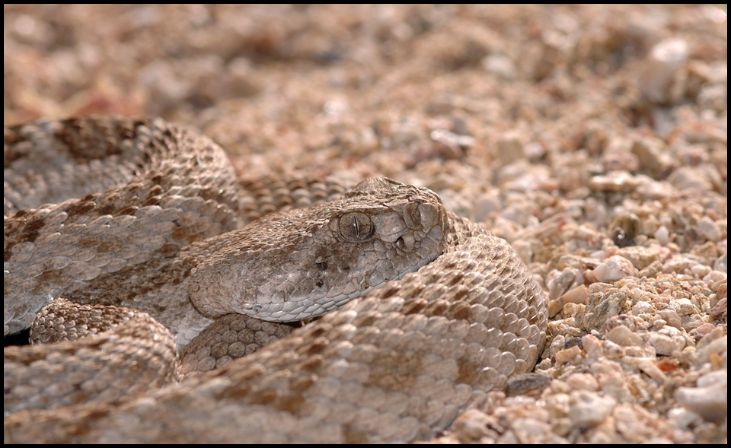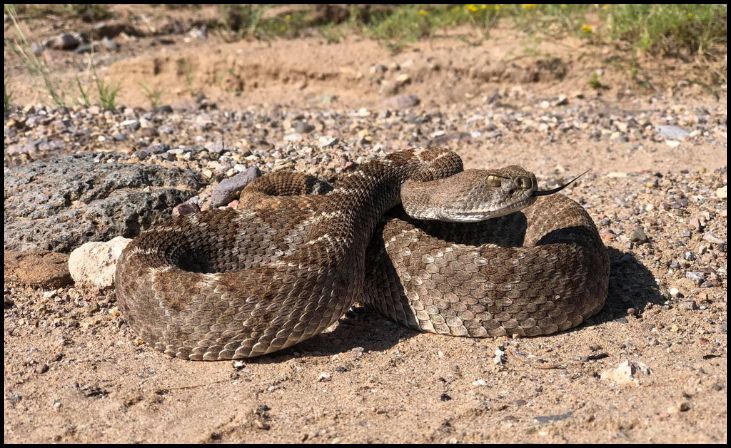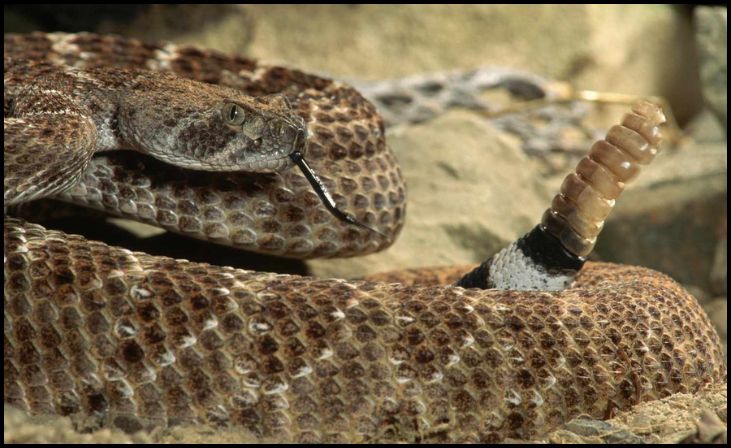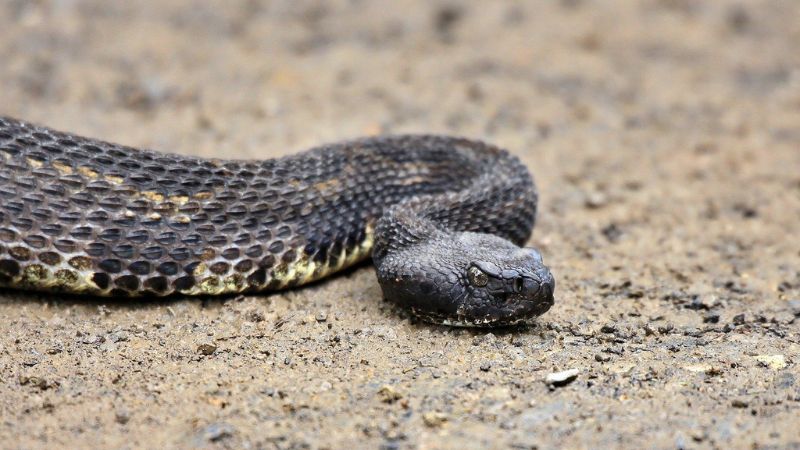The Mojave rattlesnake is a captivating and often misunderstood creature. Known for its potent venom and remarkable adaptability, this snake is a true survivor of the desert. Recently, the discovery of the largest Mojave rattlesnake ever recorded has sparked new interest and fascination in this formidable species. In this article, we delve into the world of the Mojave rattlesnake, exploring its habitat, behavior, and the significance of the record-breaking specimen.
Camouflaged Predators of the Desert

The Mojave rattlesnake is easily identifiable by its robust physique and distinctive features. It boasts a large triangular head and scales that set it apart from other rattlesnakes. The coloration of the Mojave rattlesnake varies significantly depending on its habitat. In higher elevations, it tends to exhibit greenish-gray shades, while in lower habitats, it can be brown or yellow. This adaptive coloration helps it blend seamlessly into its surroundings, making it a master of disguise.
Adaptability is key to the Mojave rattlesnake’s survival. Its coloration is just one of many traits that allow it to thrive in the harsh desert environment. The ability to blend into its surroundings not only aids in hunting but also in evading predators.
Survival in the Harsh Wilderness
Mojave rattlesnakes are primarily active from April to September, showcasing unique behavioral traits. These snakes are predominantly nocturnal, seeking refuge in rodent burrows or beneath rocks during the scorching daylight hours. This nocturnal activity pattern helps them avoid the extreme daytime temperatures of the desert.
During the hottest parts of the day, Mojave rattlesnakes retreat to cooler, shaded areas. This behavior not only conserves energy but also protects them from the intense desert heat. Their preferred shelters include rodent burrows, rock crevices, and other shaded spots that offer a respite from the sun.
Unleashing the Power of Mojave Venom
The venom of the Mojave rattlesnake is among the most potent of all rattlesnake venoms. It combines neurotoxic and hemotoxic elements, making it a formidable weapon. Neurotoxins affect the nervous system, while hemotoxins damage blood cells and tissues. This potent combination can lead to severe symptoms in bite victims.
While the bite of a Mojave rattlesnake can be extremely painful and dangerous, fatalities are rare thanks to the availability of effective antivenom. Symptoms of a bite can include swelling, difficulty breathing, and muscle paralysis. Prompt medical attention is crucial for the best outcome.
Nomads of the Southwest

The Mojave rattlesnake’s range extends beyond the Mojave Desert. These snakes can be found in diverse habitats from California to Texas and into Mexico. Their preferred environments are open, arid landscapes, often near scrub brush, cactus, or grassy plains.
Mojave rattlesnakes thrive in a variety of arid and semi-arid environments. They are often found in areas with sparse vegetation, which provides ample opportunities for hunting and shelter.
Cracking the Code of Longevity
The Mojave rattlesnake has a relatively stable existence, with an average lifespan of 12.5 years in the wild and up to 20 years in captivity. This longevity is a testament to their adaptability and resilience.
Classified as Least Concern on the IUCN Red List, the Mojave rattlesnake’s population remains robust. Their wide distribution and adaptability contribute to their stable population numbers, ensuring their continued presence in their native habitats.
Largest Mojave Rattlesnake Ever Recorded
The discovery of the largest Mojave rattlesnake ever recorded, a colossal serpent measuring 4.5 feet, has captivated the scientific community. This significant finding underscores the impressive size potential of this species and adds to the fascination surrounding these formidable creatures.
This record-breaking specimen highlights the diverse size range within the Mojave rattlesnake population. It also provides valuable data for researchers studying the growth and development of these snakes.
Wrapping Up with the Largest Mojave Rattlesnake

The Mojave rattlesnake continues to captivate our imagination with its enigmatic existence. From adaptive traits to potent venom, each aspect highlights its survival in harsh environments. The recent discovery of the largest Mojave rattlesnake ever recorded adds another layer to our understanding and appreciation of this remarkable species.

